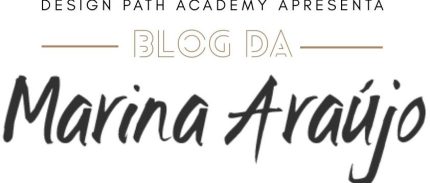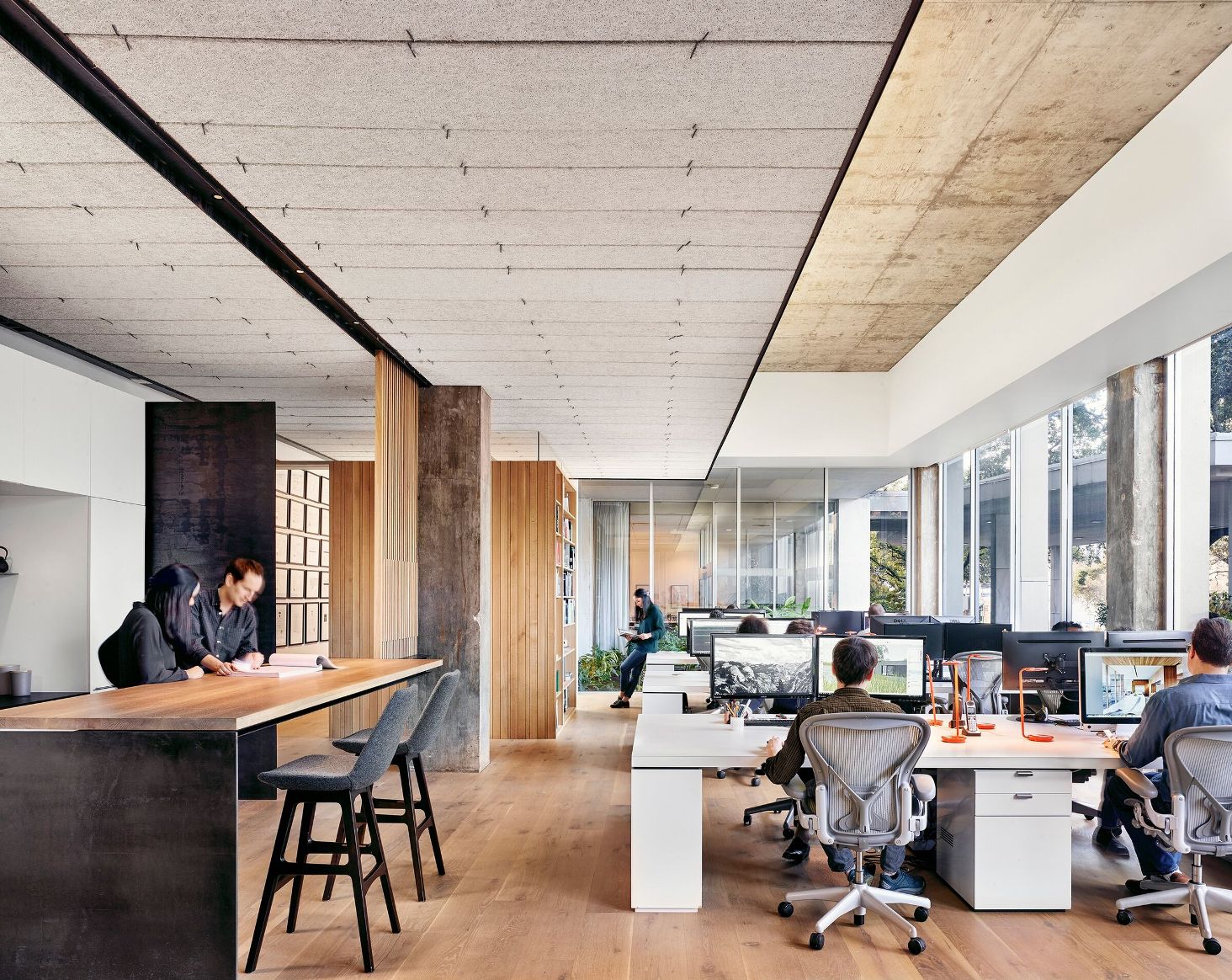Landing your dream job in the competitive US architecture and interior design market requires more than just talent and experience. It demands a resume that effectively showcases your skills and accomplishments, tailored to the specific nuances and expectations of American employers. This blog post will guide you through the dos and don’ts of crafting a compelling resume that will grab the attention of hiring managers and help you secure that coveted interview.
Introduction: Your Resume is Your First Impression
Think of your resume as your personal marketing brochure. It’s the first glimpse potential employers have of your capabilities and potential. In a market flooded with talented architects and interior designers, a generic or poorly constructed resume simply won’t cut it. You need to present yourself as a highly qualified candidate who understands the American design landscape and possesses the skills to thrive within it. This guide will equip you with the knowledge to create a resume that is not only informative but also strategically designed to highlight your strengths and align with the specific requirements of the roles you’re pursuing. Let’s dive in!
1. Focus on What Matters: Relevance is Key
The American job market values conciseness and directness. Hiring managers often sift through hundreds of applications, so your resume needs to immediately capture their attention. This means focusing on the information that is most relevant to the specific job you’re applying for.
- Tailor, Tailor, Tailor: Avoid the temptation to use a generic resume for every application. Read the job description carefully and identify the key skills, experience, and qualifications the employer is seeking. Then, tailor your resume to highlight those specific attributes.
- Quantify Your Achievements: Whenever possible, quantify your accomplishments with numbers and data. For example, instead of saying “Managed multiple projects,” say “Managed 5 residential renovation projects with budgets ranging from $50,000 to $150,000, resulting in a 15% increase in client satisfaction.”
- Use Keywords Strategically: Incorporate keywords from the job description throughout your resume. This will help your resume get noticed by Applicant Tracking Systems (ATS) that many companies use to screen applications.
2. Craft a Compelling Summary Statement: A Snapshot of Your Expertise
At the top of your resume, include a brief professional summary. This is your chance to make a strong first impression and immediately convey your value proposition to the employer.
- Highlight Your Key Skills and Experience: Summarize your most relevant skills, experience, and accomplishments in 3-4 concise sentences.
- Focus on Your Unique Selling Proposition: What makes you stand out from other candidates? Highlight your unique strengths and expertise.
- Tailor to the Specific Role: Adapt your summary statement to align with the requirements of the specific job you’re applying for.
Example:
“Highly creative and detail-oriented Interior Designer with 5+ years of experience in residential and commercial projects in Brazil. Proven ability to translate client visions into functional and aesthetically pleasing spaces, with expertise in space planning, material selection, and project management. Seeking a challenging role at [Company Name] to contribute to innovative design solutions and enhance client experiences.”
3. Omit Irrelevant Experiences and Courses: Stay Focused
While it’s tempting to include everything you’ve ever done on your resume, it’s crucial to be selective. Including irrelevant experiences or courses can dilute your message and make it harder for employers to identify your key qualifications.
- Focus on Relevant Experience: Only include experiences that are directly related to architecture or interior design. If you have experience in other fields, consider omitting it or summarizing it briefly in a separate section.
- Exclude Unrelated Courses: Similarly, only list courses that are relevant to the job you’re applying for. For example, if you’re applying for a position as a residential interior designer, there’s no need to include courses in structural engineering.
- Prioritize Recent Experience: Focus on your most recent and relevant experiences. If you have older experiences that are less relevant, you can summarize them briefly or omit them altogether.
4. List Industry-Standard Software Proficiency: Essential for Success
In the US architecture and interior design industry, proficiency in specific software programs is essential. Be sure to list all the software programs you’re proficient in, and indicate your level of expertise (e.g., beginner, intermediate, advanced).
- Commonly Used Software: Some of the most commonly used software programs in the US include:
- CAD Software: AutoCAD, Revit, ArchiCAD
- 3D Modeling Software: SketchUp, 3ds Max, Rhino
- Rendering Software: V-Ray, Lumion, Enscape
- Adobe Creative Suite: Photoshop, Illustrator, InDesign
- BIM Software: Revit (Building Information Modeling)
- Project Management Software: Microsoft Project, Asana, Trello
- Be Honest About Your Proficiency: Don’t exaggerate your software skills. You may be asked to demonstrate your proficiency during the interview process.
- Highlight Specific Skills: If you have specific skills within a software program, such as creating custom families in Revit or using advanced rendering techniques in V-Ray, be sure to highlight them.
5. Showcase Your Soft and Hard Skills: A Balanced Approach
Both hard skills (technical abilities) and soft skills (interpersonal skills) are essential for success in architecture and interior design. Make sure to showcase both types of skills on your resume.
- Hard Skills:
- Space Planning
- Material Selection
- Construction Documentation
- Code Compliance
- 3D Modeling
- Rendering
- Project Management
- Soft Skills:
- Communication (written and verbal)
- Problem-Solving
- Creativity
- Teamwork
- Time Management
- Client Management
- Attention to Detail
- Provide Examples: Don’t just list your skills; provide examples of how you’ve used them in your previous roles. For example, instead of saying “Excellent communication skills,” say “Effectively communicated design concepts to clients and contractors, resulting in successful project outcomes.”
6. Describe Your Experience Using Project Phases: Demonstrate Your Understanding
When describing your experience, don’t just list your responsibilities. Instead, describe your involvement in specific projects, highlighting your contributions to each phase of the project. This demonstrates your understanding of the design process and your ability to contribute to a project from start to finish.
- Project Phases:
- Schematic Design: Describing initial design concepts and exploring different options.
- Design Development: Refining the design based on client feedback and developing detailed drawings and specifications.
- Construction Documents: Preparing detailed construction documents for contractors to use during construction.
- Construction Administration: Overseeing the construction process to ensure that the project is built according to the design documents.
- Use Action Verbs: Start each bullet point with a strong action verb, such as “Designed,” “Developed,” “Managed,” “Coordinated,” or “Implemented.”
- Quantify Your Impact: Whenever possible, quantify your contributions with numbers and data.
Example:
“Project: Residential Renovation, Miami, FL
- Developed schematic design concepts based on client’s vision and budget.
- Prepared detailed construction documents, including floor plans, elevations, and sections.
- Coordinated with contractors and consultants to ensure that the project was completed on time and within budget.”
7. Include Relevant Volunteer Work: Show Your Passion
If you’ve participated in any volunteer work that is related to architecture or interior design, be sure to include it on your resume. This demonstrates your passion for the field and your commitment to giving back to the community.
- Examples of Relevant Volunteer Work:
- Designing or building homes for Habitat for Humanity.
- Volunteering at a local architecture or design organization.
- Mentoring students interested in architecture or interior design.
- Highlight Your Contributions: Describe your role in the volunteer project and the impact you made.
8. List Relevant Courses and Awards: Showcase Your Achievements
Finally, be sure to list any relevant courses, certifications, or awards you’ve received. This demonstrates your commitment to professional development and your recognition within the industry.
- Relevant Courses and Certifications:
- LEED Certification
- NCIDQ Certification
- Continuing Education Courses in Sustainable Design or Building Codes
- Awards and Recognition:
- Design Awards
- Scholarships
- Academic Achievements
Conclusion: Your Resume is a Living Document
Crafting a compelling resume for the US architecture and interior design market requires careful planning and attention to detail. By focusing on what matters, tailoring your resume to each specific job, and highlighting your relevant skills and experience, you can significantly increase your chances of landing an interview and securing your dream job. Remember to keep your resume updated regularly and to seek feedback from trusted colleagues or career advisors. Your resume is a living document that should evolve as you gain new skills and experience. Good luck!








